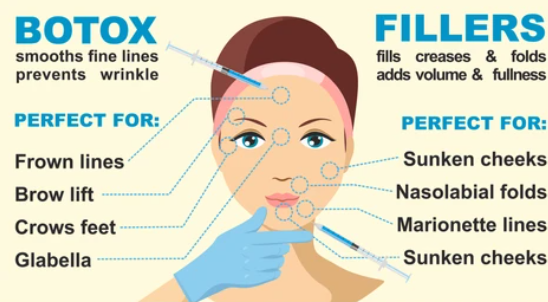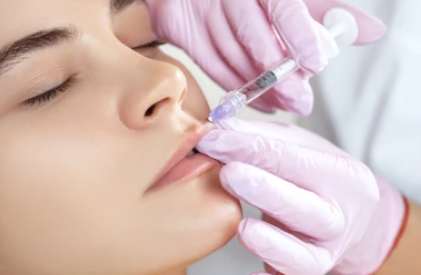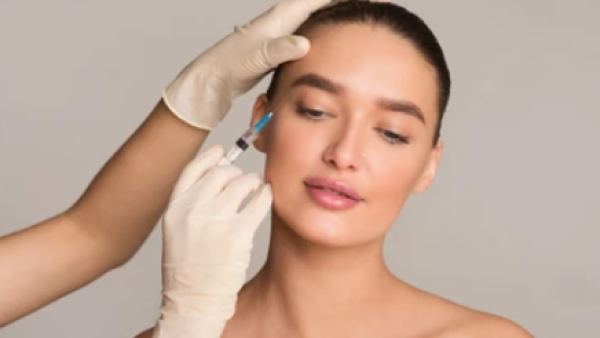ALBAWABA In the realm of non-surgical cosmetic treatments, Botox and fillers have gained significant popularity for their ability to combat signs of aging and enhance facial features.
However, despite being commonly used, there seems to be some confusion about the fundamental differences between the two.
What is difference between Botox and Fillers?

Botox
Botox, short for Botulinum Toxin Type A, is a purified neurotoxin derived from the bacterium Clostridium botulinum. While the word "toxin" might sound alarming, Botox is considered safe when used in controlled medical settings. Botox injections are primarily employed to address dynamic wrinkles, which are caused by repeated facial muscle movements over the years.
Common areas treated with Botox include:
- Forehead lines.
- Frown lines between the eyebrows (glabellar lines).
- Crow's feet around the eyes.
Botox treatments are relatively quick, with minimal downtime, and the results typically last between 3 to 6 months. Over time, as the effects wear off, the muscles gradually regain movement, necessitating follow-up treatments to maintain the desired results.
Fillers
Unlike Botox, dermal fillers do not target muscles but instead focus on restoring volume and fullness to specific areas of the face that have lost their plumpness due to aging or other factors. These injectable fillers are composed of various substances, but one of the most common components is hyaluronic acid, a naturally occurring substance in the body that attracts and retains water.

Fillers work by physically adding volume to the treated areas, which can effectively
- Smooth out static wrinkles (wrinkles present even at rest).
- Enhance facial contours, such as cheeks and chin.
- Plump lips and reduce lines around the mouth (nasolabial folds and marionette lines).
The results of filler treatments are visible immediately, and the duration varies depending on the type of filler used and individual factors. Generally, the effects last from 6 months to 2 years.









